Social Behavioural Analysis: Domestic Violence Prevention and Response
VerifiedAdded on 2023/06/10
|10
|583
|263
Homework Assignment
AI Summary
This assignment delves into the multifaceted issue of domestic violence, providing a comprehensive overview of its definition, types, and underlying causes. It explores the prevalence of domestic violence, comparing statistics from India and Australia, highlighting the various forms of abuse, including physical, sexual, psychological, and economic. The assignment examines factors such as stress, anger, jealousy, depression, financial tensions, and insults as triggers for domestic violence. Furthermore, it offers a range of prevention and response strategies, including advocacy, counselling, home visit programs, economic and social empowerment of women, microfinance initiatives, and legislative reforms to promote gender equality. The conclusion emphasizes the importance of addressing domestic violence through a multi-pronged approach that considers both individual and societal factors.
1 out of 10
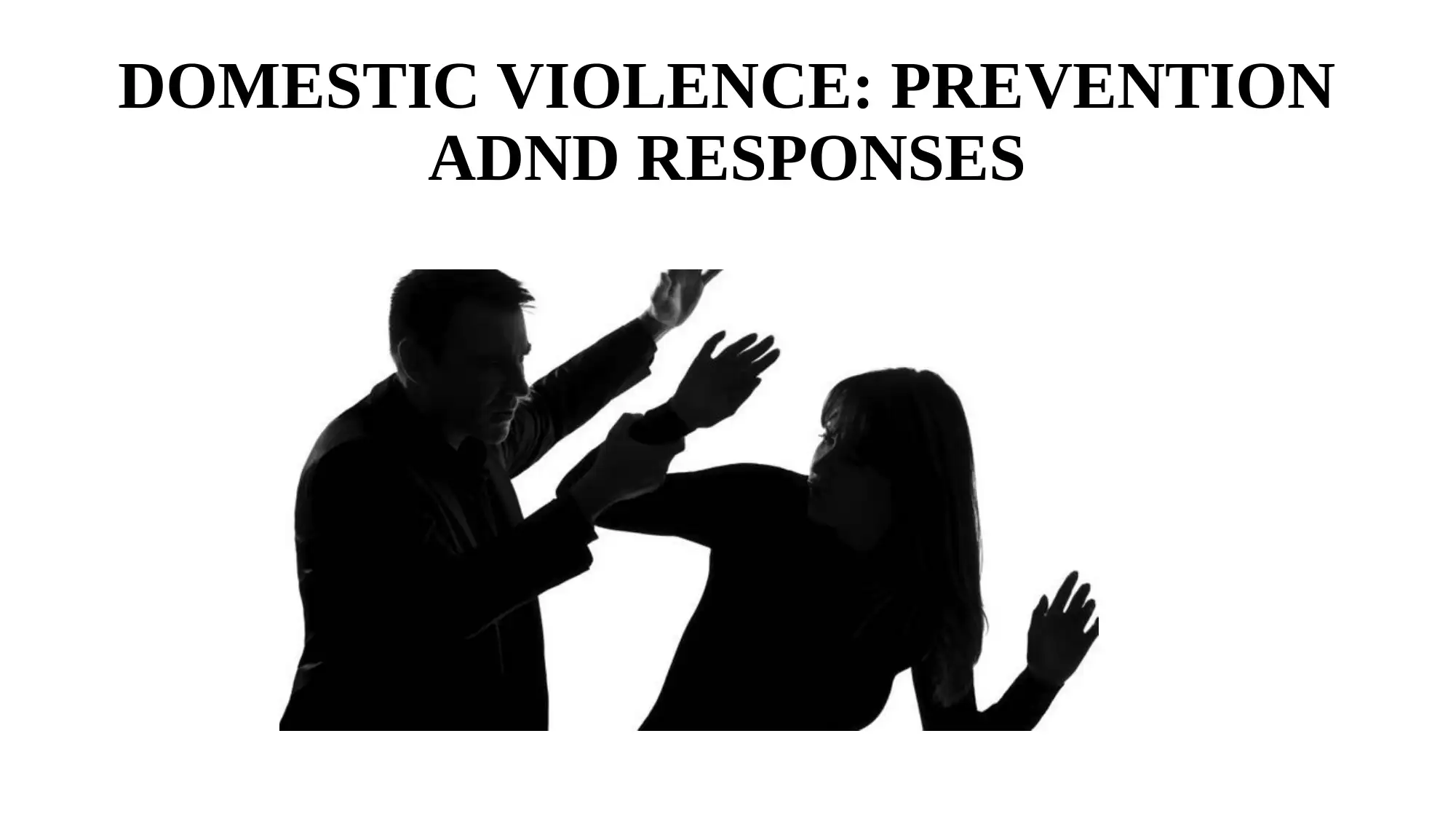
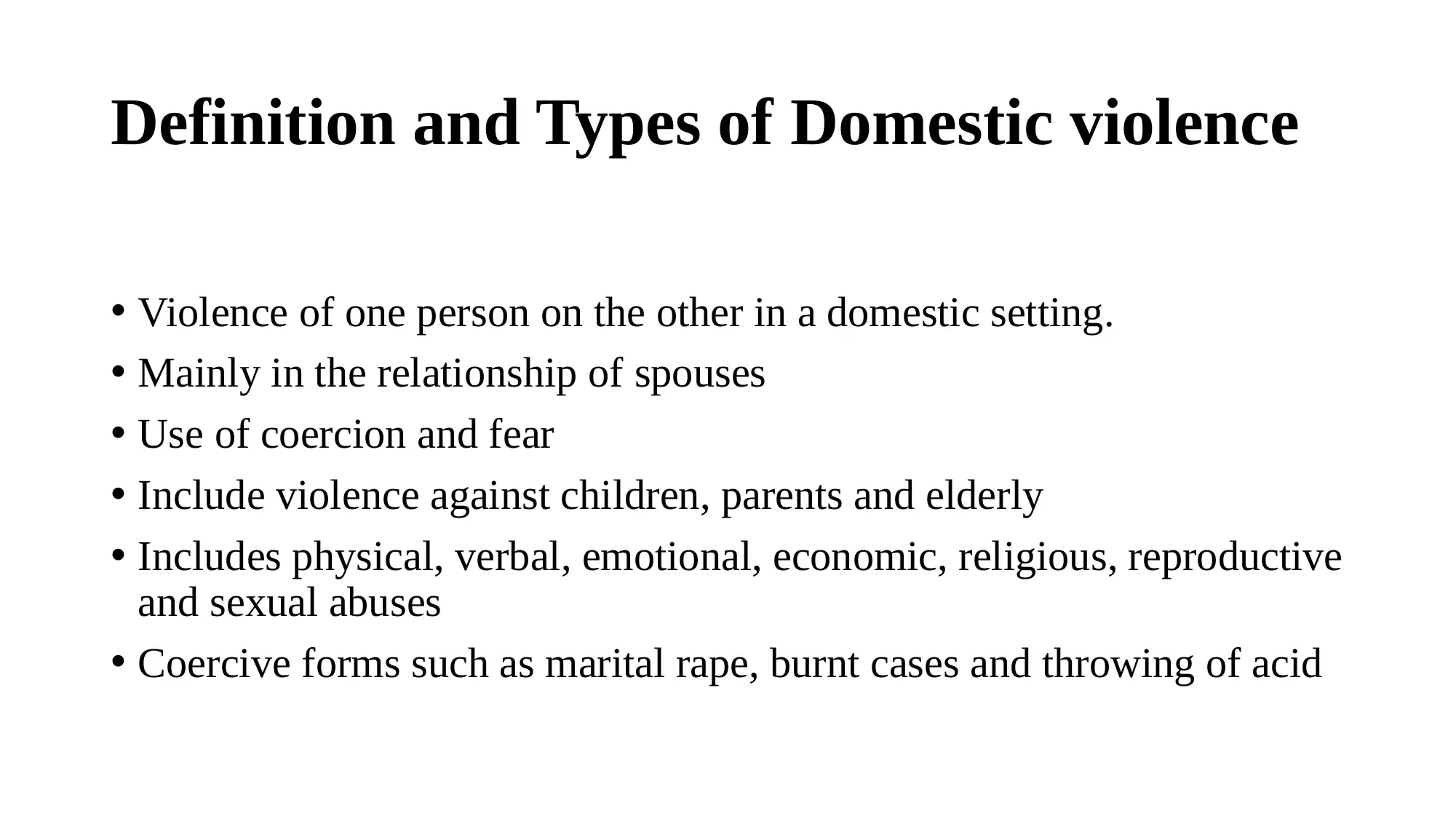
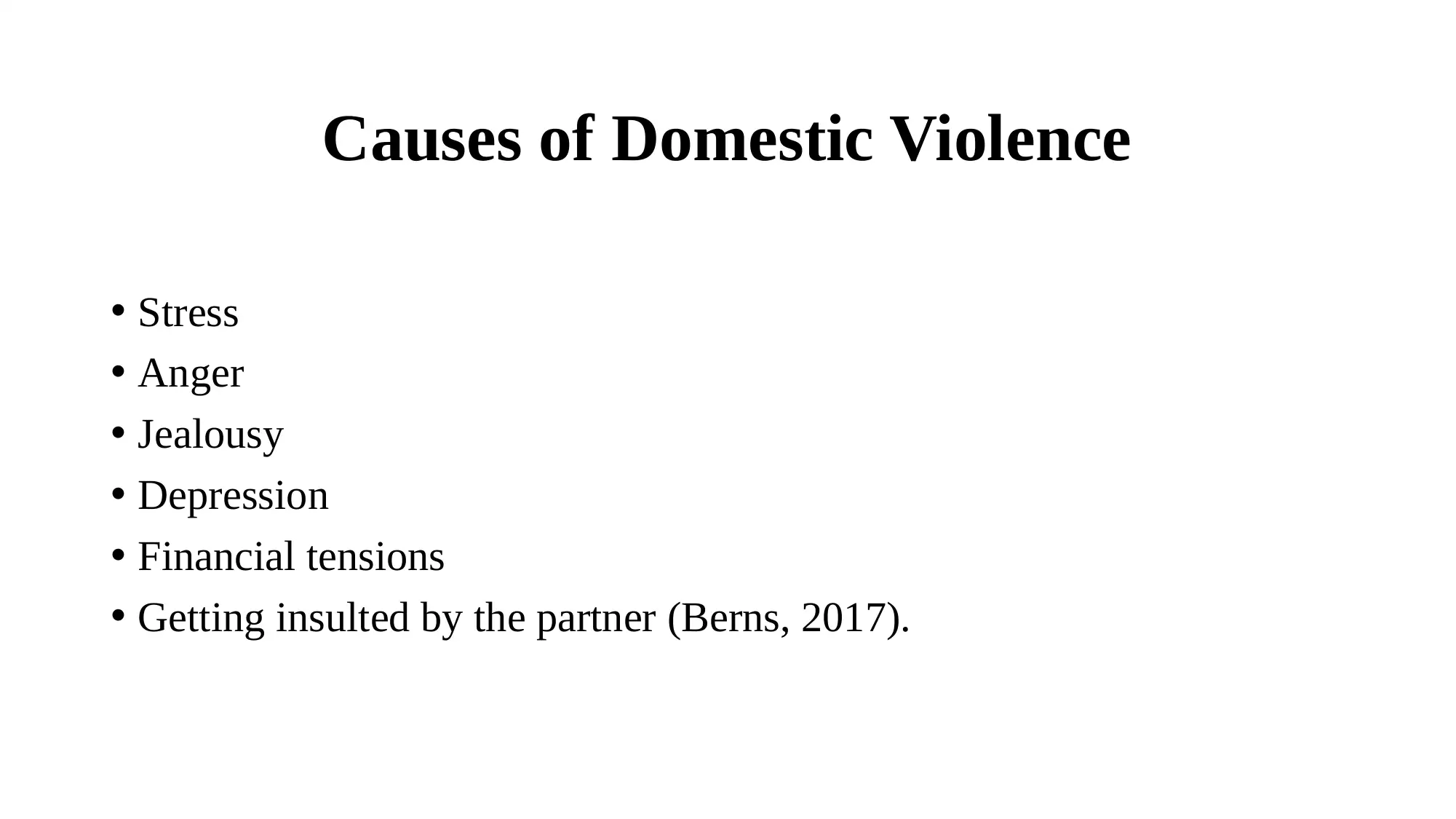

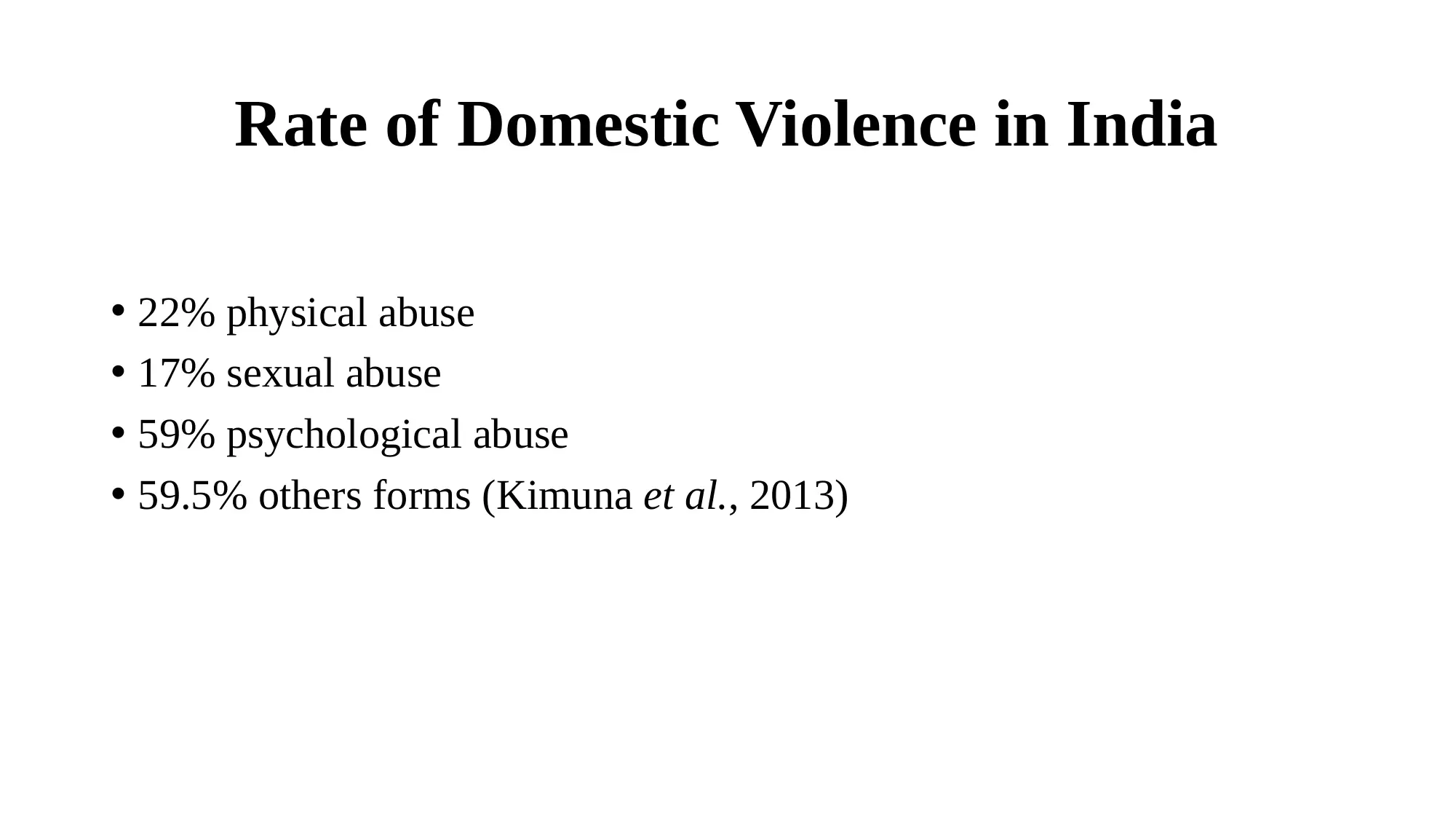
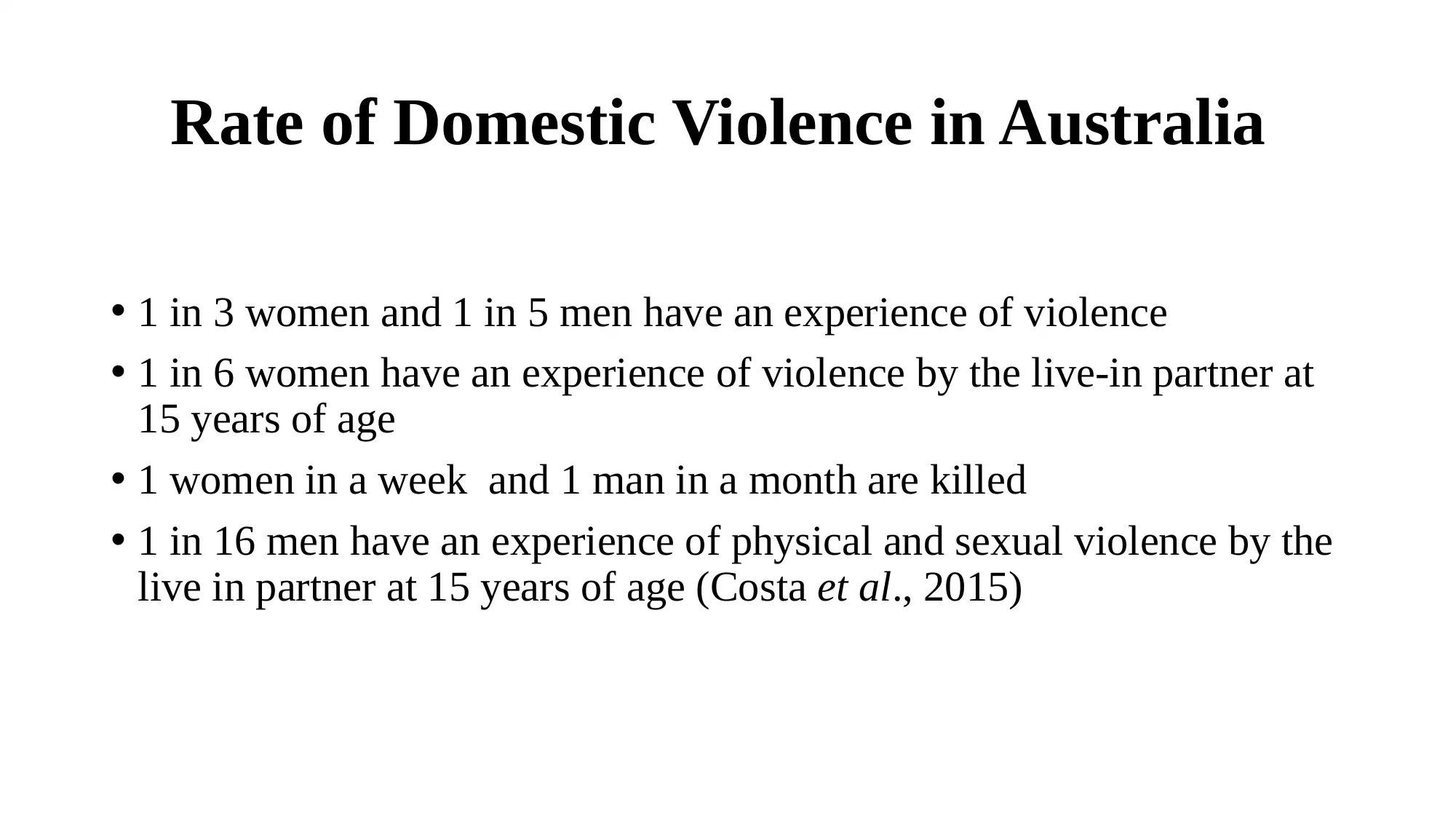
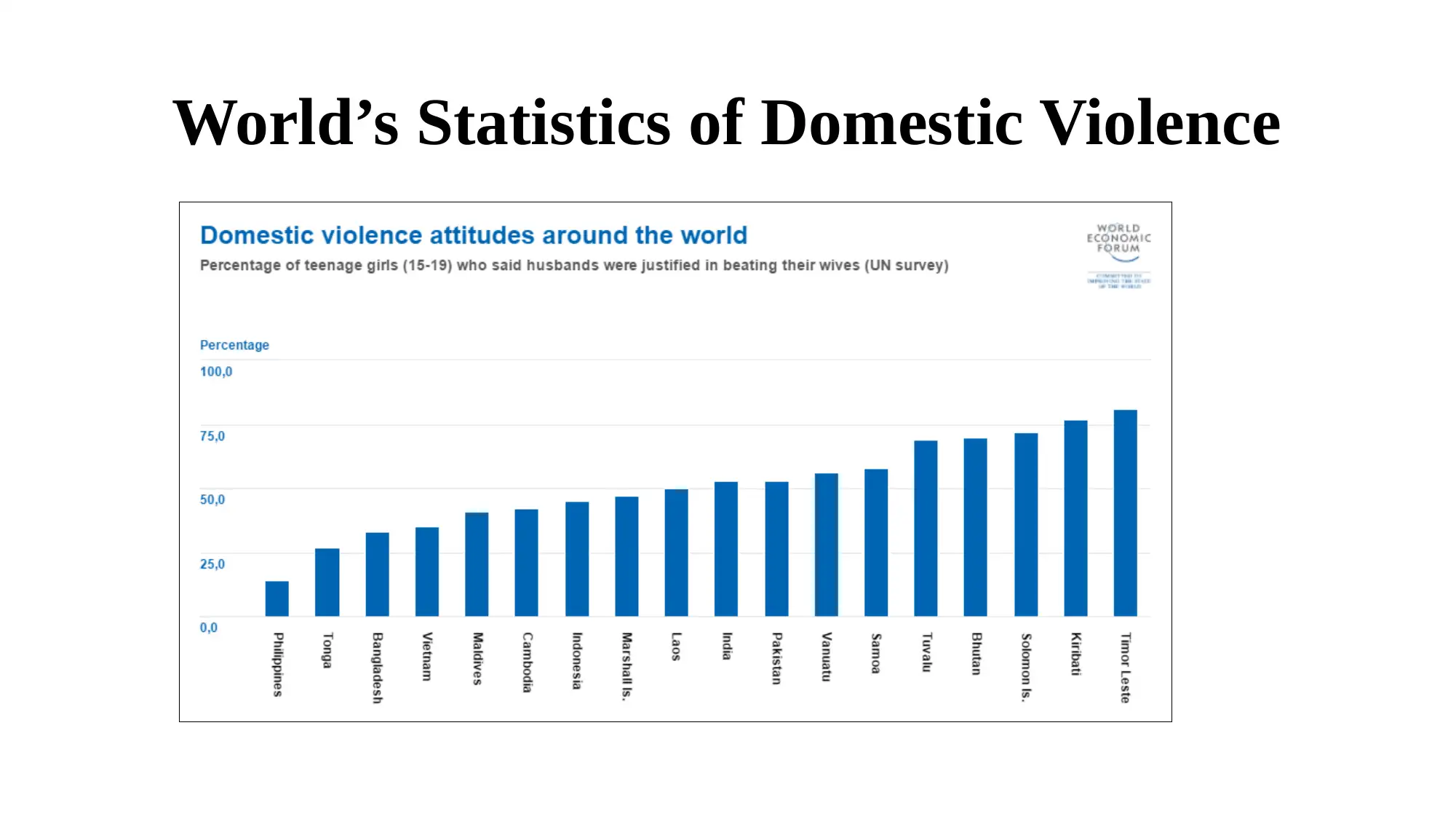
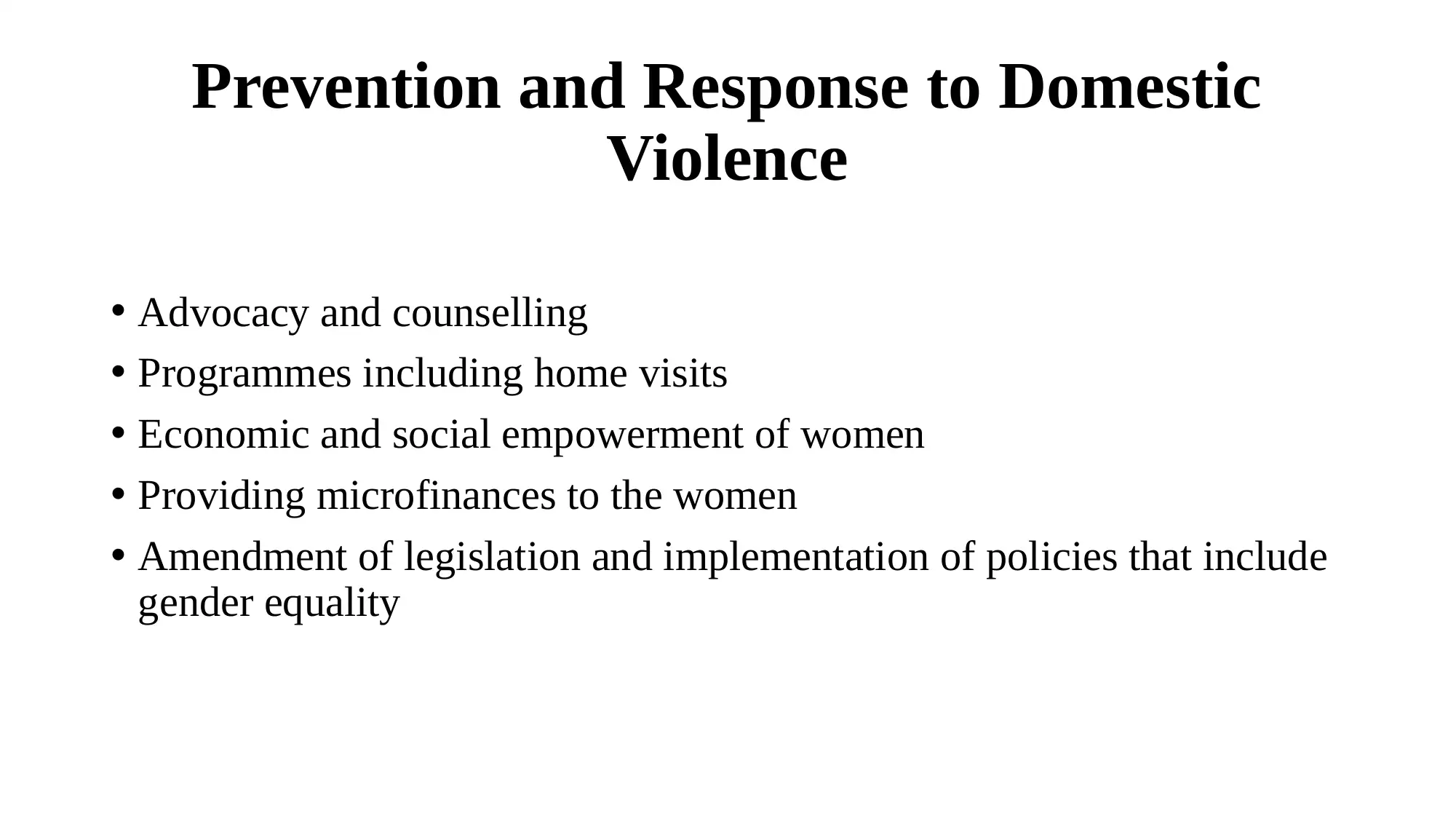
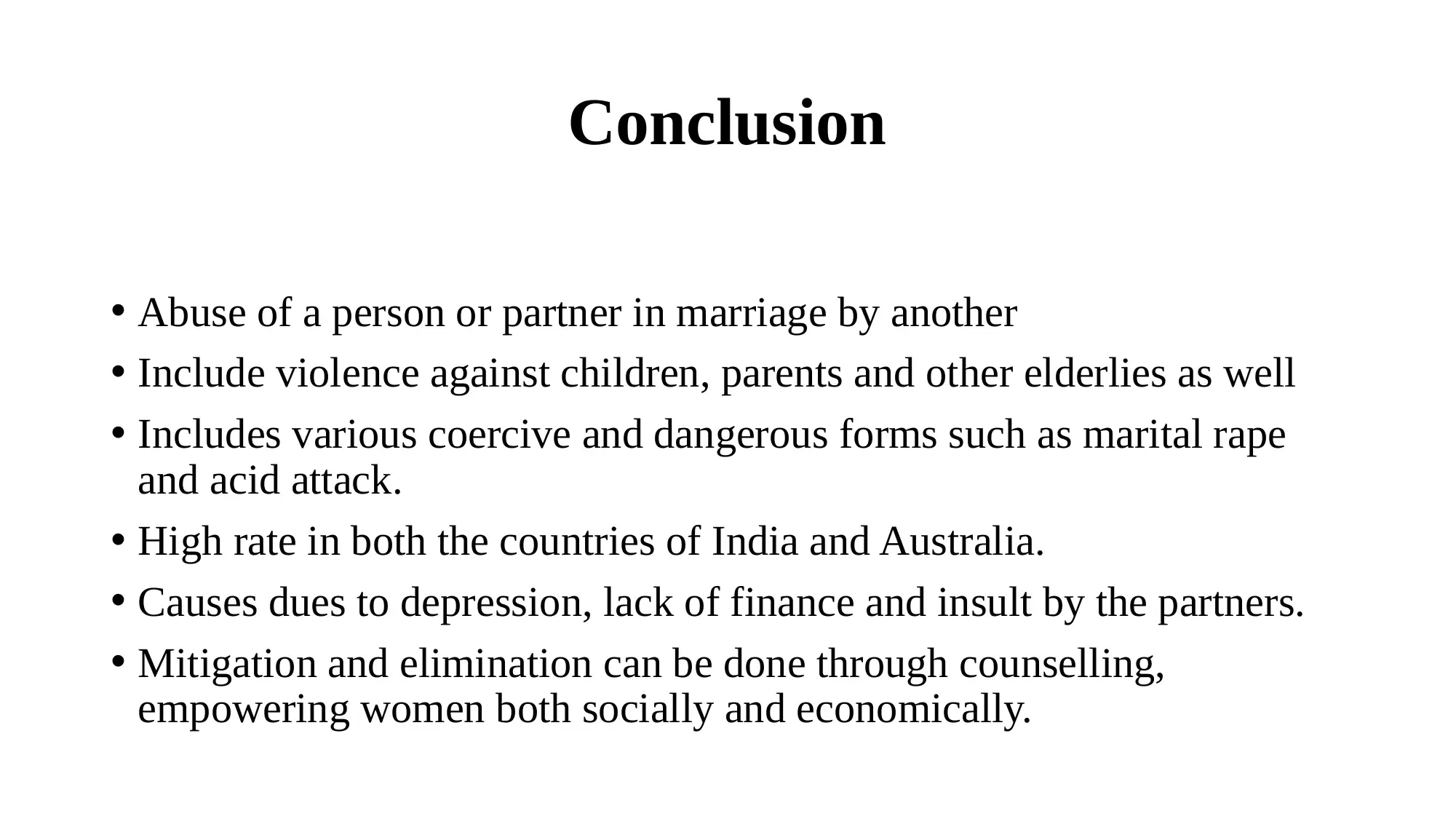
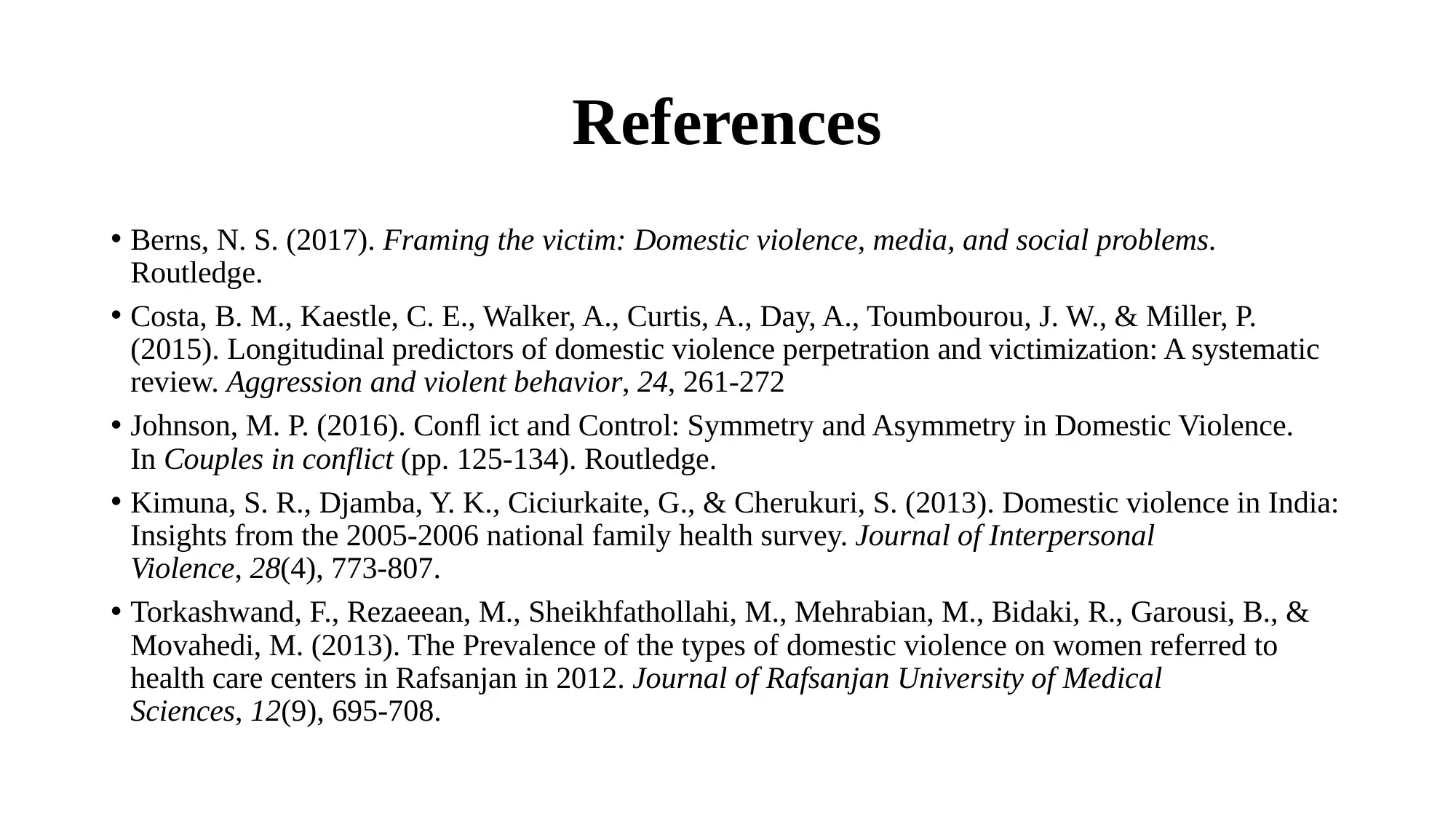







![[object Object]](/_next/static/media/star-bottom.7253800d.svg)